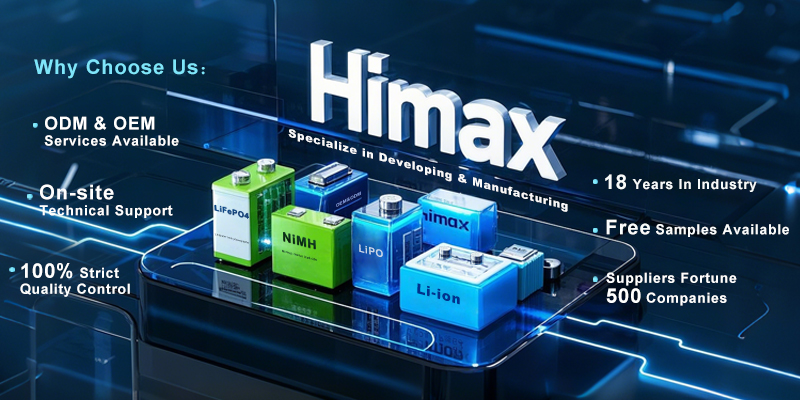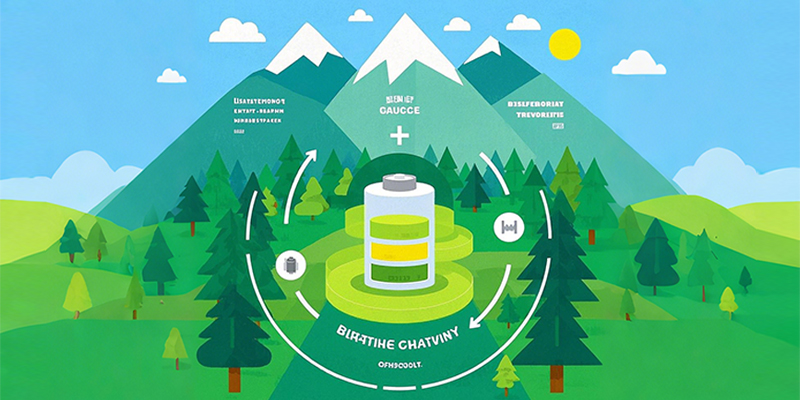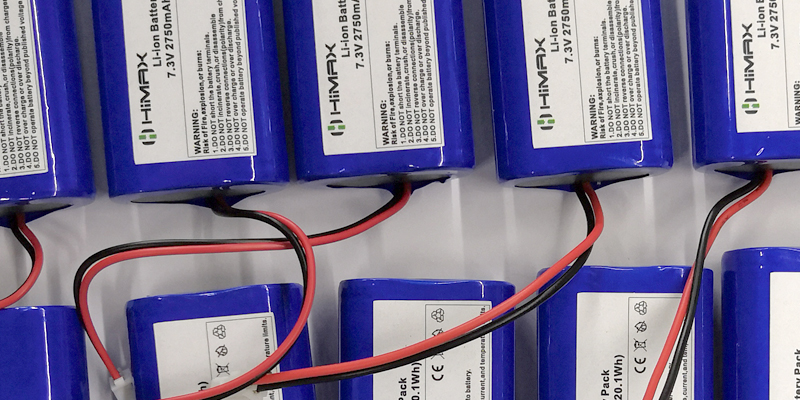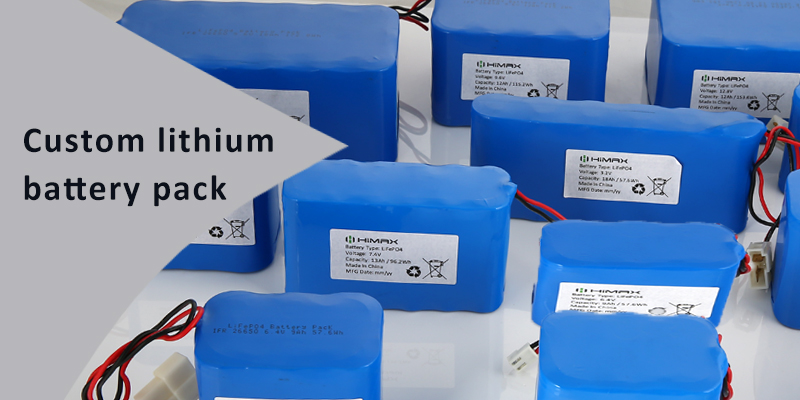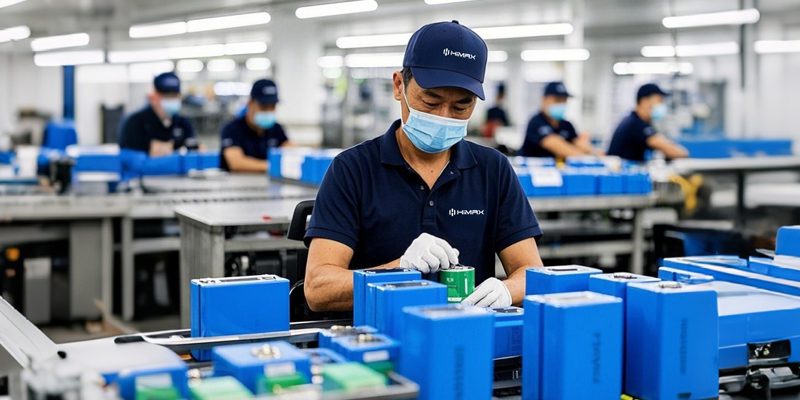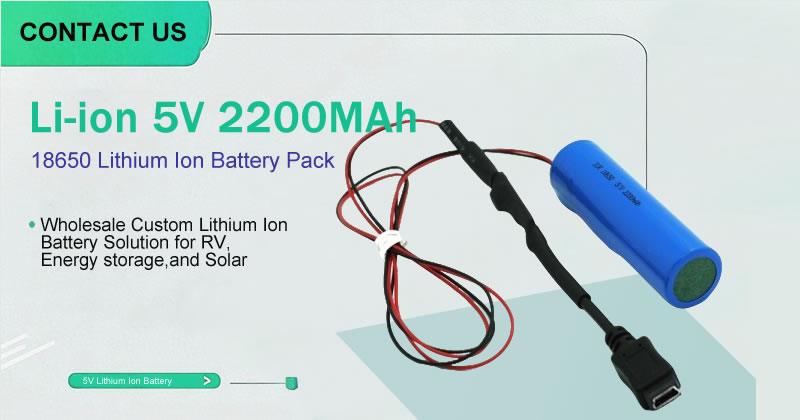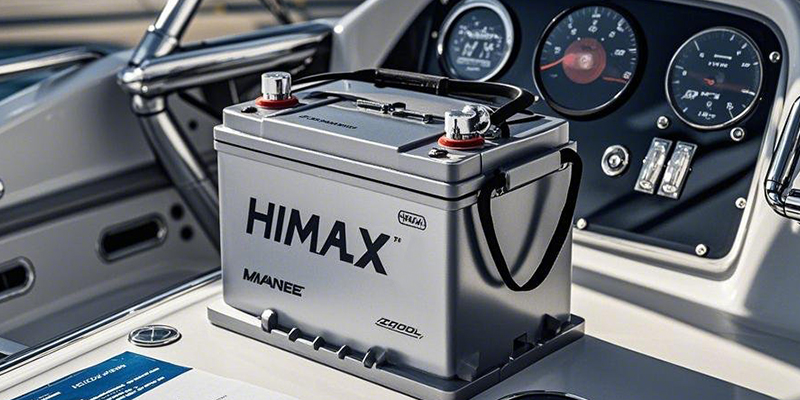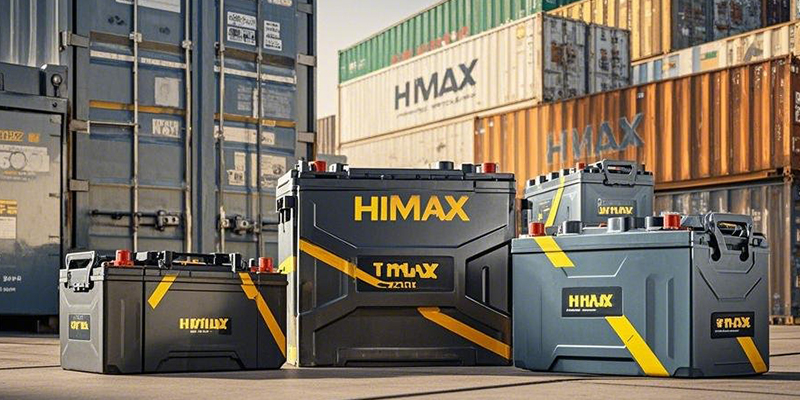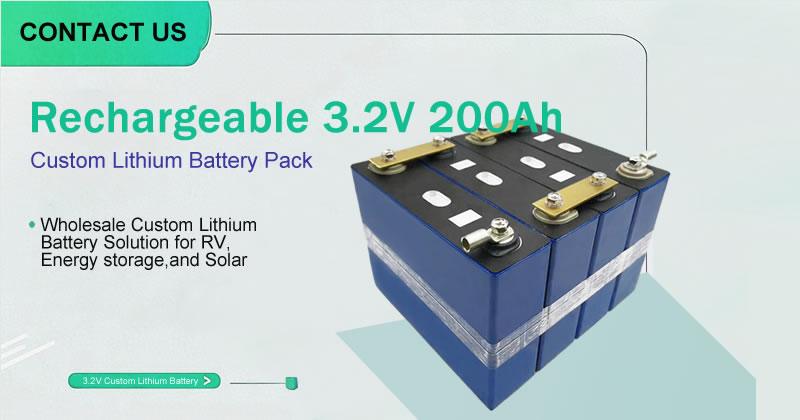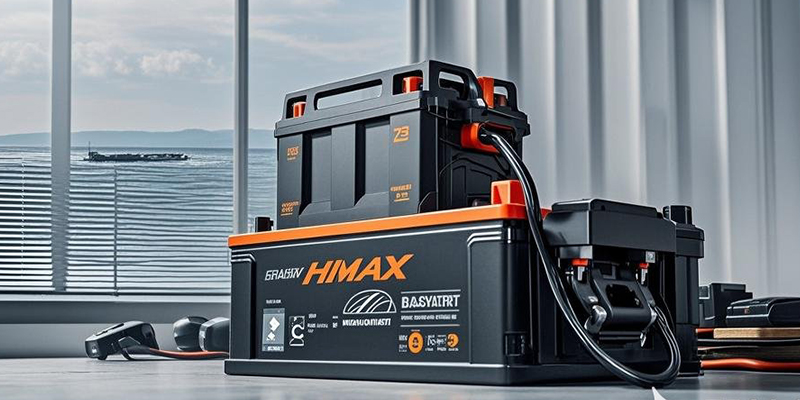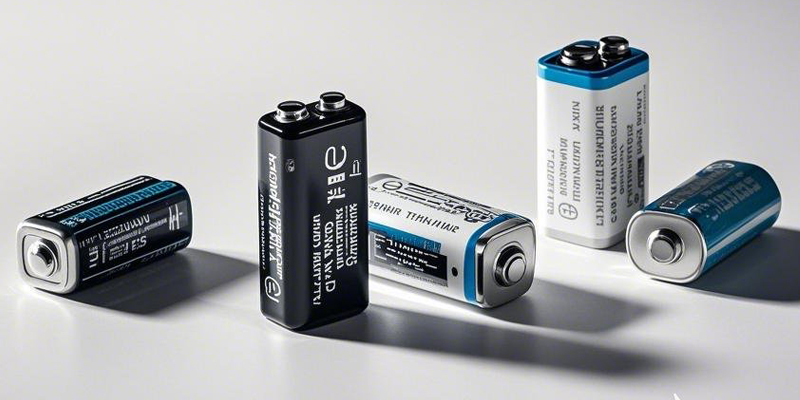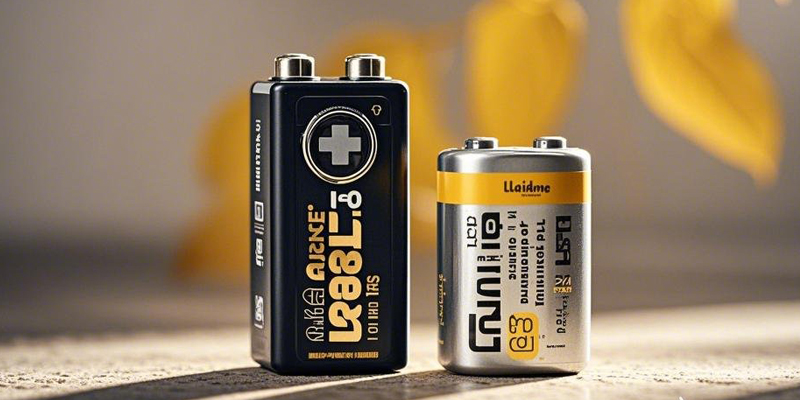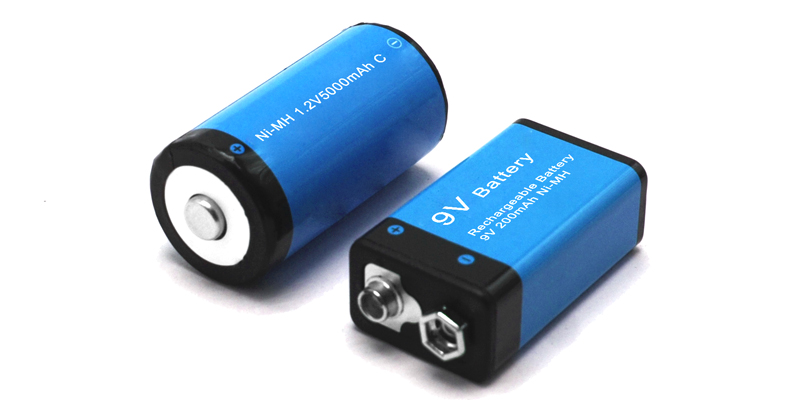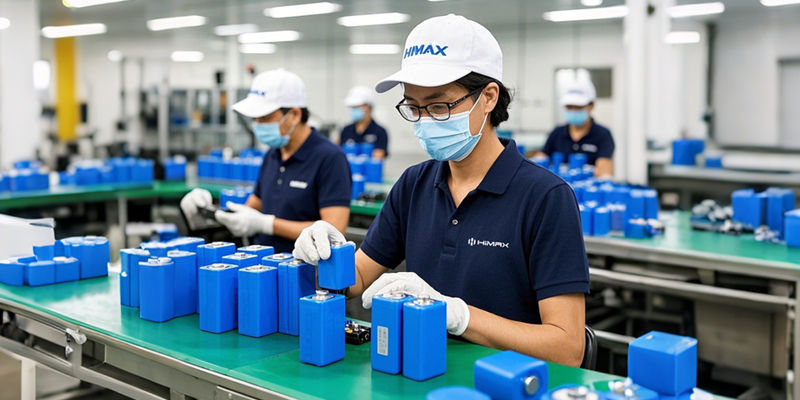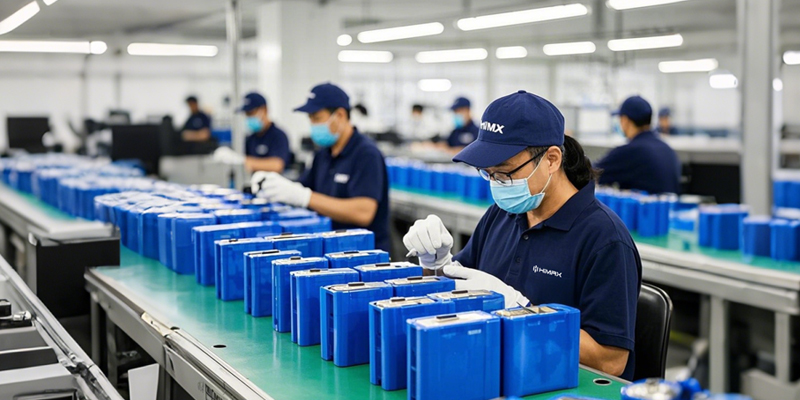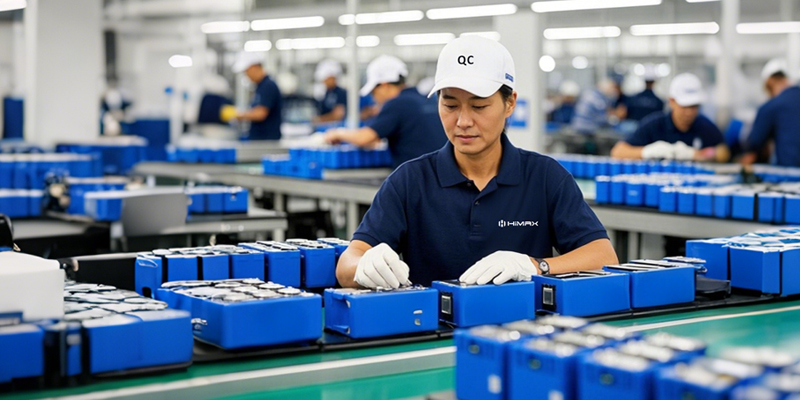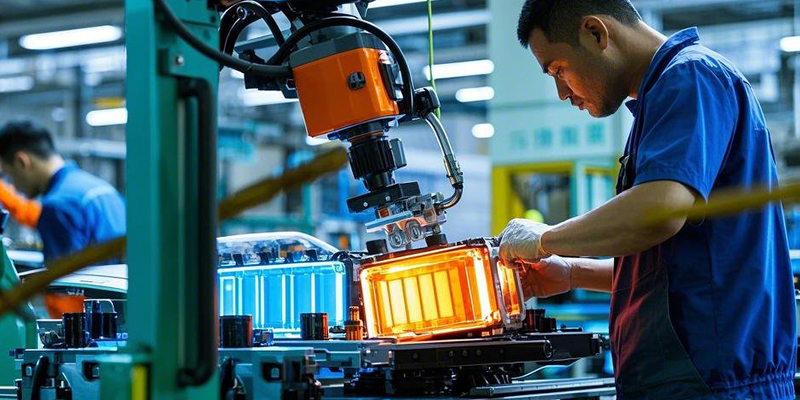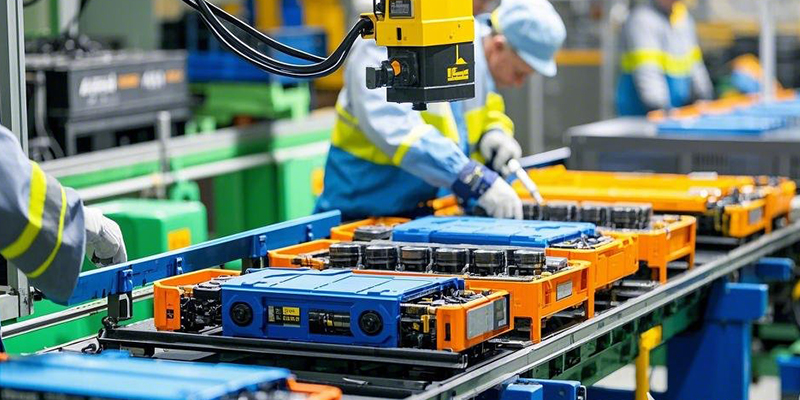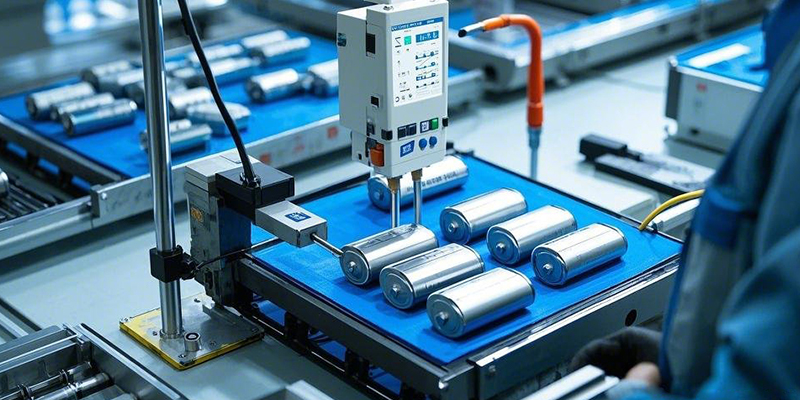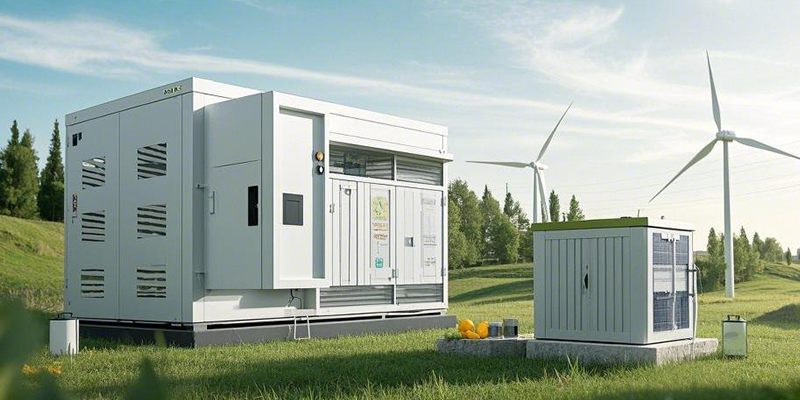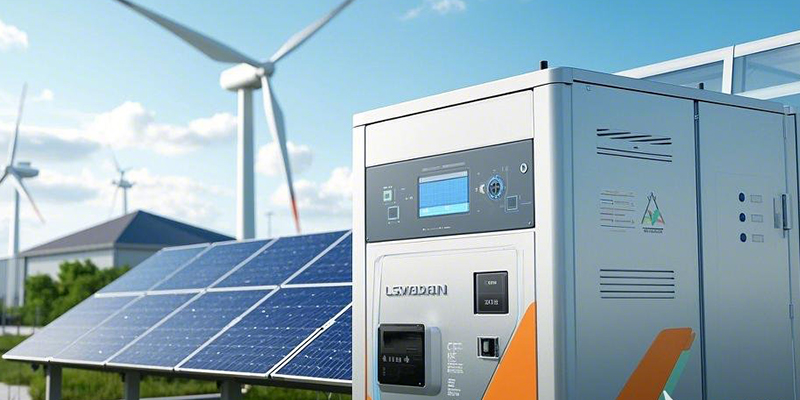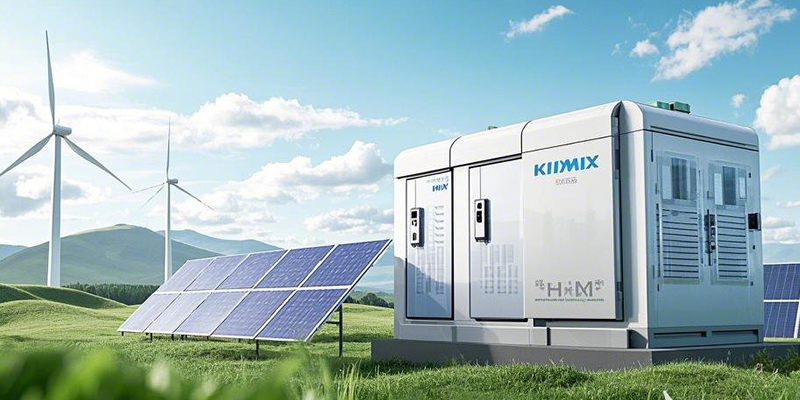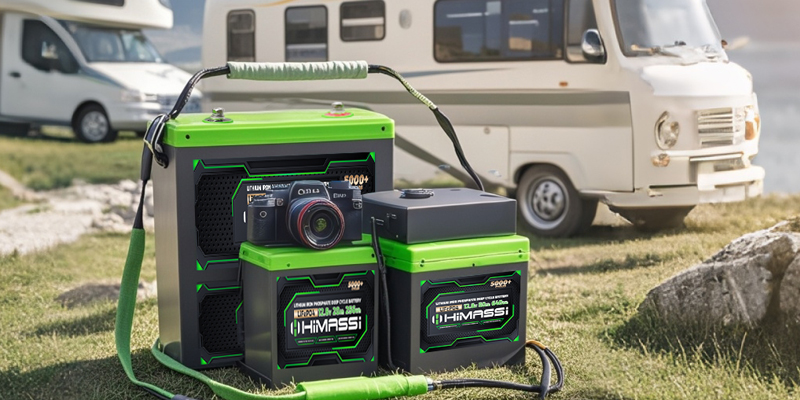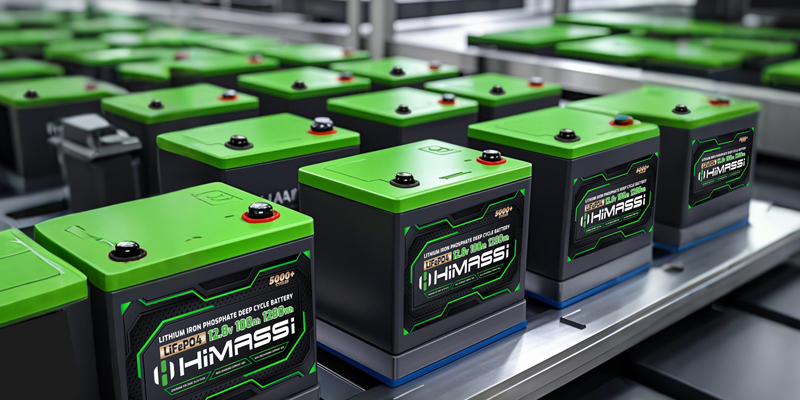The Complexity and Importance of NiMH Battery Compliance
Amid the global push for energy transition and sustainability, nickel-metal hydride (NiMH) batteries have become essential energy solutions across industries, powering everything from industrial equipment and medical devices to consumer electronics, thanks to their high energy density and eco-friendly properties. However, for bulk buyers, ensuring that NiMH batteries meet international and regional regulatory standards is no easy feat. From the European Union’s RoHS and REACH regulations to the U.S.’s UN38.3 transportation safety certification and EPA environmental requirements, NiMH battery compliance involves a series of complex and time-consuming processes. These certification challenges not only increase time costs for buyers but can also significantly impact supply chain stability and market competitiveness.
So, how can bulk buyers efficiently navigate these intricate compliance requirements? And how does HIMAX Electronics, a leader in the battery industry, help optimize this challenge? This article will unlock the answers, guiding you to streamline your journey toward NiMH battery compliance. Learn more about practical NiMH battery compliance solutions.
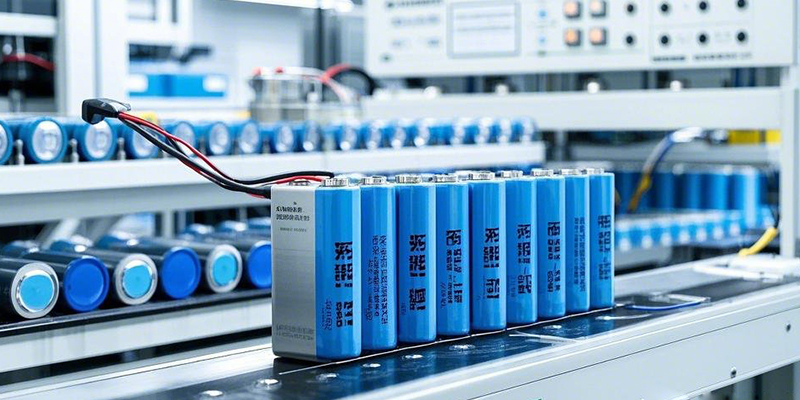
The Current State of NiMH Battery Compliance: Pain Points for Bulk Buyers
In today’s globalized market, NiMH battery compliance has become a critical issue that bulk buyers must address. Below are the most common pain points buyers face during the compliance certification process:
Compliance requirements for NiMH batteries vary significantly across markets. For instance, the EU’s RoHS (Restriction of Hazardous Substances) directive strictly limits the presence of harmful substances like lead, mercury, and cadmium in batteries, while the U.S.’s UN38.3 transportation safety certification mandates rigorous safety standards during transit. This diversity in regulations means bulk buyers must tailor compliance strategies to each market, adding layers of complexity to the certification process.
Bulk buyers need assurance that the battery materials provided by suppliers meet regulatory standards, but the complexity of supply chains often makes tracing raw materials a daunting task. This challenge is especially pronounced when supply chains span multiple countries and regions, requiring buyers to invest significant time and resources to verify compliance at every step.
The compliance certification process typically involves multiple tests, documentation preparation, and third-party audits, driving up direct costs for buyers and risking project delays. For example, one company faced supply chain disruptions due to delays in completing UN38.3 transportation safety certification, resulting in missed market delivery deadlines and eroded customer trust.
These pain points make NiMH battery compliance a significant challenge for bulk buyers. Click to learn more about NiMH battery compliance solutions.
HIMAX Electronics’ Solutions: Innovative Practices to Optimize Compliance Certification
In the face of complex NiMH battery compliance challenges, HIMAX Electronics leverages its expertise and innovative practices to provide bulk buyers with a one-stop solution. Here’s how HIMAX optimizes the certification process:
HIMAX is committed to delivering NiMH battery products that meet international standards, with all products pre-certified under RoHS, REACH, UN38.3, and other key regulations. This means bulk buyers choosing HIMAX as their supplier can significantly reduce their own certification burden. HIMAX also provides detailed compliance documentation, including Material Safety Data Sheets (MSDS), test reports, and certification certificates, ensuring buyers can quickly meet the regulatory demands of their target markets.
HIMAX recognizes the critical role of supply chain transparency in achieving NiMH battery compliance. To this end, the company has implemented stringent supply chain management protocols, ensuring all raw material sources meet regulatory standards and providing fully traceable supply chain data. This transparency not only reduces compliance risks for buyers but also enhances overall supply chain efficiency.
To address the diverse needs of bulk buyers, HIMAX offers tailored compliance solutions. For example, if a buyer’s target market is the EU, HIMAX can provide products and documentation that meet RoHS and REACH requirements; if the target market is the U.S., HIMAX prioritizes support for UN38.3 transportation safety certification. This flexible service model ensures buyers can efficiently navigate the regulatory requirements of different markets.
Time is one of the most valuable resources for bulk buyers during the certification process. HIMAX’s expert team can assist buyers in completing compliance tests and certifications in a short timeframe, significantly reducing project timelines. For instance, one company, with HIMAX’s support, successfully completed RoHS certification for the EU market in just three months, saving 30% on certification costs.
Through these innovative practices, HIMAX not only streamlines the NiMH battery compliance certification process but also helps bulk buyers boost their market competitiveness. Learn more about innovative NiMH battery compliance solutions.
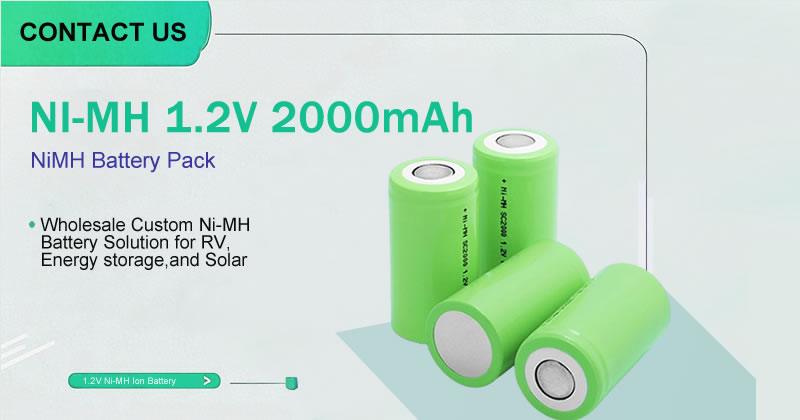
Key Regulations Explained: Compliance Requirements Bulk Buyers Need to Know
To help bulk buyers better tackle NiMH battery compliance challenges, here’s an overview of several key regulations. These are critical for buyers to understand when selecting suppliers and preparing compliance documentation:
RoHS is a mandatory EU regulation aimed at limiting the use of hazardous substances like lead, mercury, and cadmium in electronic products. For NiMH batteries, RoHS requires that the levels of these substances stay below specified thresholds. Bulk buyers entering the EU market must ensure their suppliers provide RoHS-compliant batteries and relevant test reports.
REACH is another critical EU regulation that mandates the disclosure of chemical substances in batteries, particularly Substances of Very High Concern (SVHC). For bulk buyers, choosing a supplier like HIMAX that has completed REACH registration can significantly reduce compliance risks.
UN38.3 is a global transportation safety certification standard that requires NiMH batteries to pass tests for vibration, shock, high temperature, and more during transit. This is a must-meet requirement for bulk buyers entering international markets. HIMAX’s NiMH battery products are all UN38.3-certified, ensuring buyers can seamlessly complete global transportation.
In the U.S., EPA regulations cover battery waste management and recycling requirements. Bulk buyers must ensure their suppliers’ battery products meet EPA environmental standards and provide proof of recyclability. Through sustainable production processes, HIMAX helps buyers meet EPA requirements.
Understanding these regulations is the first step toward NiMH battery compliance. Click to learn more about key NiMH battery compliance regulations.
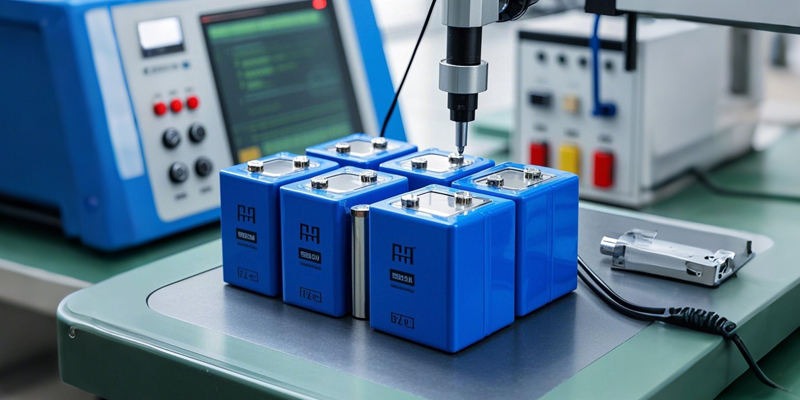
Action Guide for Businesses: How to Efficiently Address NiMH Battery Compliance Challenges
To help bulk buyers efficiently tackle NiMH battery compliance challenges, here’s a practical action guide:
Start by clearly identifying the regulatory requirements of your target market. For instance, if your target market is the EU, prioritize RoHS and REACH certifications; if it’s the U.S., focus on meeting UN38.3 and EPA requirements. A clear assessment of needs helps you develop an efficient compliance strategy.
Selecting a supplier that has already passed multiple certifications is key to reducing certification time and costs. For example, HIMAX Electronics’ NiMH battery products have undergone numerous international certifications, allowing bulk buyers to leverage HIMAX’s compliance support to shorten certification timelines.
Ensure your supplier provides comprehensive compliance documentation, including test reports, MSDS, and certification certificates. These documents are indispensable in the certification process. HIMAX’s compliance documentation undergoes rigorous review, ensuring buyers can smoothly pass third-party audits.
Work with your supplier to establish a transparent supply chain traceability system. Supply chain transparency allows buyers to quickly verify the compliance of raw materials, reducing compliance risks. HIMAX provides traceable supply chain data, helping buyers optimize supply chain management.
By following these steps, bulk buyers can efficiently address NiMH battery compliance challenges. Learn more about compliance optimization tips for bulk buyers.
HIMAX—Your Trusted Partner in NiMH Battery Compliance
In the face of complex NiMH battery compliance challenges, choosing a reliable supplier is the key to success for bulk buyers. Through comprehensive compliance support, supply chain transparency, and customized services, HIMAX Electronics streamlines the certification process, helping buyers maintain competitiveness in global markets. Whether it’s meeting the EU’s RoHS and REACH requirements or passing the U.S.’s UN38.3 and EPA certifications, HIMAX delivers efficient solutions, ensuring buyers’ projects are delivered on time while minimizing costs and risks.
Choosing a supplier that meets regulatory standards not only boosts business efficiency and cost control but also enhances market competitiveness. As a leader in the battery industry, HIMAX Electronics is dedicated to providing bulk buyers with tailored NiMH battery compliance solutions, helping your business thrive. Contact HIMAX Electronics today to learn more about customized NiMH battery compliance services and start your journey toward efficient compliance management!
